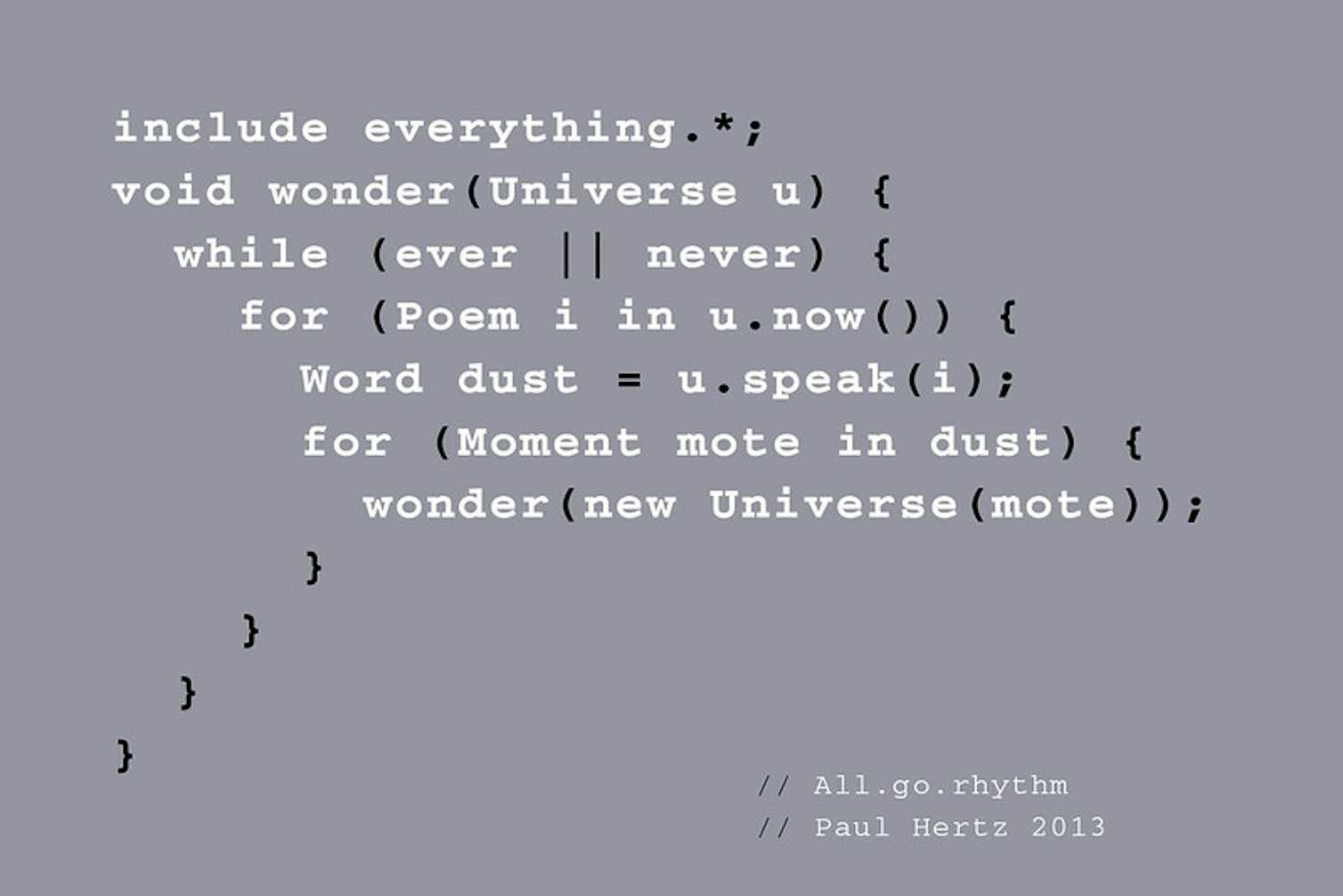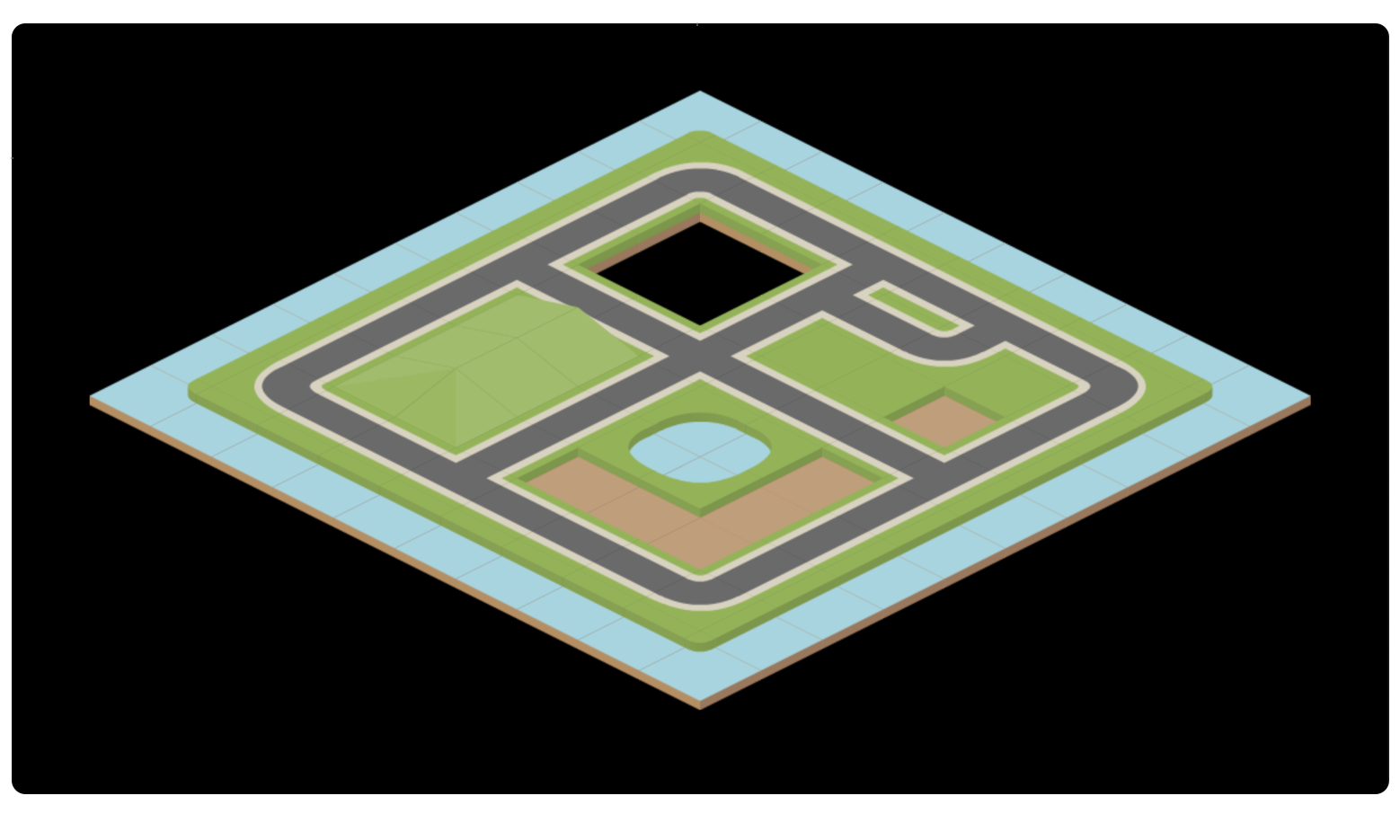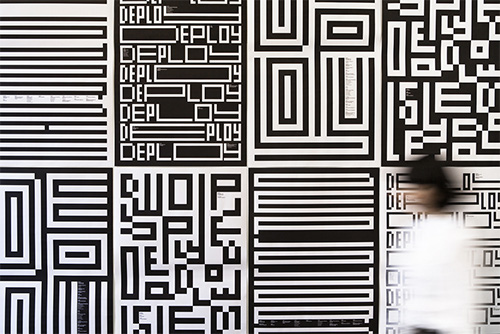Originally posted on Substack
“Don’t worry if people think you’re crazy. You are crazy. You have that kind of intoxicating insanity that lets other people dream outside of the lines and become who they’re destined to be.” - Jennifer Elisabeth
I would love to see some critique in the generative arts space…
But a traditional art critic would give us a perspective of how it fits into the tapestry of art history and the emerging trends that occur within the community. I think it is extremely hard to judge generative art simply because there is an aesthetic framework that has yet to be defined in which the art can be given critique.
I think there are a lot of things that have to be considered in the action of judging art. I would say we in the generative/creative coding arts know the underpinnings of the techniques so we value the difficulty of implementation in part of that. But in art, it’s much more nuanced
- it’s part of the reputation of how you portray yourself as an artist
- the endurance/persistence you have spent on your work
- proven track record
- the persona of the artist
- conceptual thought depending on the time in which the artwork was created
- abstract or concrete can you bring an installation
- Personal aesthetic
- You know a Picasso or a Monet if you see one.. it is very specifically defined by composition, color, brush strokes, etc that determine the artist’s aesthetic
- Significance of contribution
- Take for instance the first modern paintings, when the abstractionistic painters started to rethink what it means to paint something it started to take away from the importance at realistic to started taking away the importance of realism and let interpretation become part. Before that the unique aspects of art con
- Current trends (a.k.a Identity politics, performance and conceptualism are currently the explorations)
- How is it unique from the rest of the art around it
- This is why you will find artists roll their eyes at landscapes.. they had been painted by the 1000s… it’s not unique anymore it’s pretty boring
- Simply luck… as much as we want to say quality, quality is purely relative
- A lexicon of writing
- There is an entire art in the evaluation of artwork. There are conceptual aspects that have to be understood in order to more fully understand the important nuances of the art.
In generative art, I think we also have to be really careful to ensure that we understand art for art’s sake and what is the identity of the art. Some of the defining themes I’ve been thinking about that can be used as a starting point to determine such a framework would fit in the following.
- Extract the essence of an algorithm and interpret it in such a way that brings new or interesting meaning
- A generative system that produces diversity
- Address questions on how the computer interplays with humanity
This next one I think seems to be trending among generative artists in general…
- Algorithmic complexity
I think this can be problematic when it comes to critiquing generative art for a couple of reasons.
- Technique and skill do not equate to better or worse art.
- An art critic may not be proficient in the code
- Code quality, code proficiency, or code purism is more the artistry of software engineering
- Who is coding
Though this can become a piece of the rubric, it becomes hard when an artist who is less versed in the practice of software hires someone who does it for them. This is where ghost coders may play a part in the work and thus it can be difficult to evaluate an artist.
There is much more that can be talked about here, but I hope that will at least get us to maybe consider what it means to critique generative art.
📰 Happenings
I’ve been watching the many different opportunities to connect with others in creative coding environments. I know there are many other local opportunities that exist, just reach out and I’ll be happy to continue to add them to the list.
United States
- Eyeofestival - June 14 - 17, 2022
- School of Poetic Computation - Multiple Courses
- Anderson Ranch Art Center - Multiple Classes
- Processing and Laser: Creative Code to Wood Panel - June 27 - July 1, 2022
- Drawing with Machines - July 18 - 22, 2022
🖌️ Unconventional Media

Embroidered Sculptures Recreate Lifelike Mushrooms, Lichen, and Fungi in Thread
Amanda Cobbett suspends a singular moment in the fleeting lives of fungi by stitching their likeness in thread. The textile artist photographs and gathers specimens that she brings back to her Surrey Hills-based studio, where she finds fibers to match pale green lichens and golden chanterelles. Using a free-motion embroidery technique on a sewing machine, she then stitches multiple layers onto a piece of dissolvable fabric that, once the organism is complete, is washed away to leave just the mushroom or mossy bark intact. As a scroll through her Instagram reveals, the resulting sculptures are so realistic in color, shape, and size that it’s difficult to distinguish the artist’s iterations from their counterparts.
📸 Generative Graphics

5 Ways Digital Poetry Combines Human and Computer Language
Human existence is now permeated by non-human computer language. This includes poetry. Digital technologies can disseminate and publish contemporary poetry, and also create it. Digital artists combine human and computer languages to create digital poetry, which can be grouped into at least five genres.
🔖 Articles and Tutorials

Isometric Projection in Games
Playing isometric games is super fun, but understanding the theory behind isometric projection is also extremely important for any beginner game developer. Programming isometric worlds is a huge topic, so I’ll try to be as beginner-friendly as possible and cover the basics we need to learn how isometric projection is used in game development!
A solid introduction in what it would take to create isometric-like projections in 2D package using P5.js vs a 3D like three.js.

How To Display NFT Art
NFTs are everywhere right now. Everyone’s dipping their toes in the NFT waters now and not just the crypto enthusiasts. They have sort of become a cultural movement with even Hollywood embracing the trend. Here, celebrities are launching their own NFT collections. There, prominent studios are releasing NFTs to hype up a movie release – yes, we’re talking about The Matrix Resurrections NFT.

Programming Design Systems
No matter where you go, you are surrounded by systems. We use the word ‘system’ to describe a group of interacting parts as a common whole, and these can be simple, like a watch, or incredibly complex, like the web of computer networks we call the internet. In this book, the term ‘design system’ is used to describe a philosophy that encourages designers to define the rules of their designs as a system of instructions that can be used on more than a single product. This is best explained with a simple story.

Amy Goodchild 2022
What is Generative Art?
An artwork may be generative in some ways and not in others. A piece could have generative aspects even if the artist didn’t have that intention. There are ways in which a painting could be considered generative. I prefer definitions to be inclusive, not restrictive, and my definitions are for the purposes of discussing generative art, not for the purposes of ruling on what “is or isn’t” generative art.
📚Books

Advanced 3D Printing with Grasshopper: Clay and FDM
This book forms a connection between both the worlds of Grasshopper and 3D printing, explaining how to transform a design into a series of curves and paths for a 3D printer to use. It teaches how to write and create G-code directly within Grasshopper, without the use of scripts or plug-ins, in an easy format for existing Grasshopper users to understand. Big experience using the software is not required, but skilled users will be able to take full advantage of the content. The book focused mainly on clay 3D printing, but the same logic can be applied to thermo-filament 3D printing (FDM) as well. The methods taught open up a wide range of new possibilities when 3D printing, like non-planar 3D printing or non-conventional paths for the 3D printer.
As I have been playing around with new mediums and new software to gain inspiration and also explore new mediums to create something entirely different.